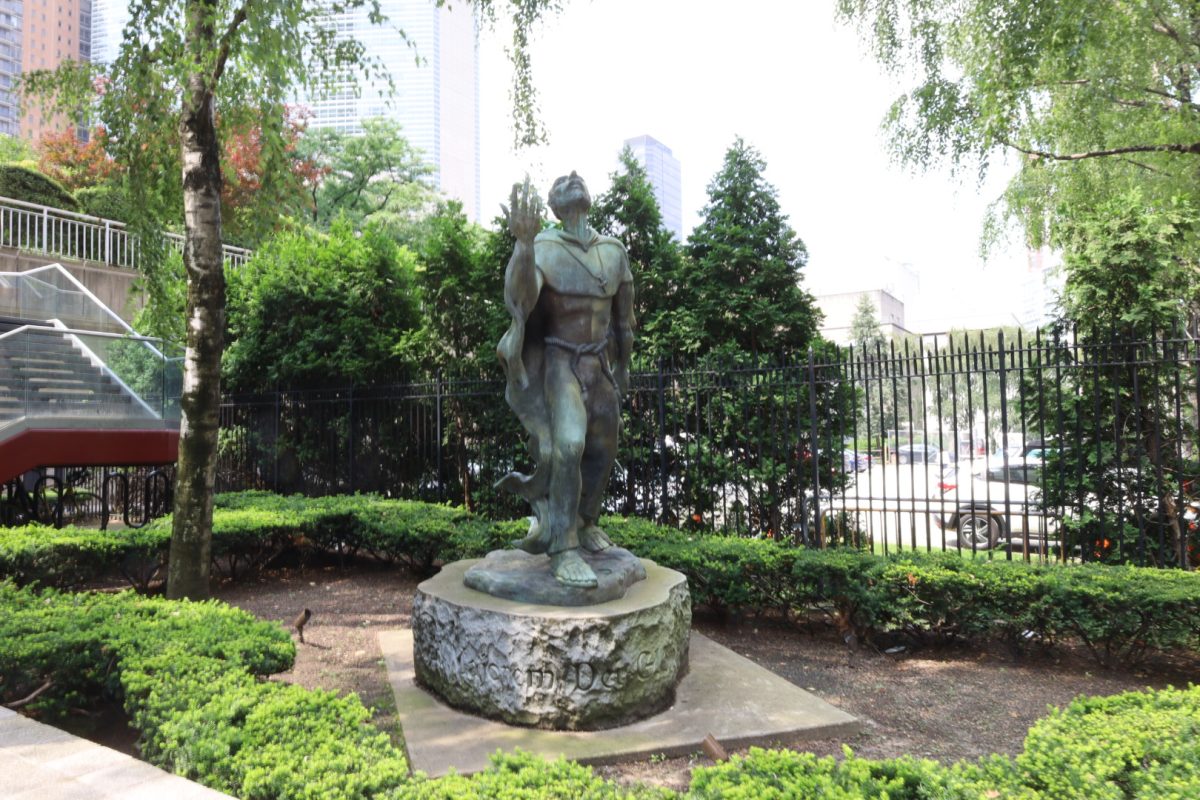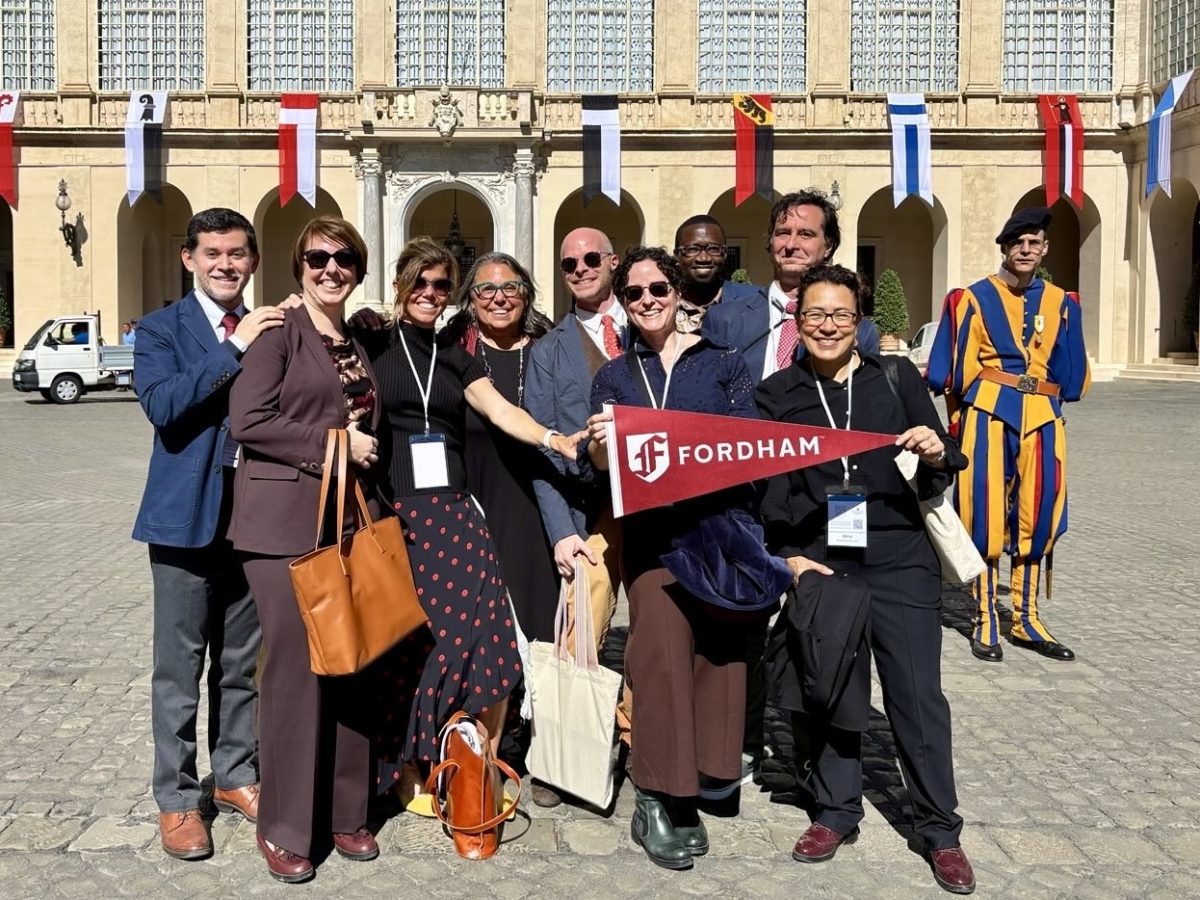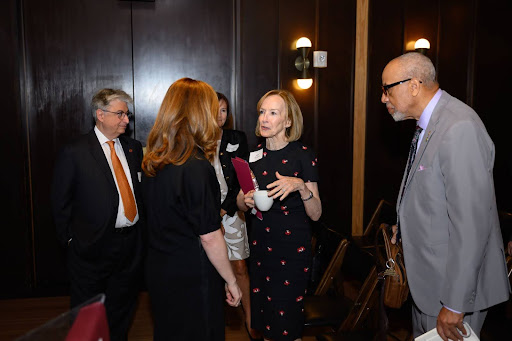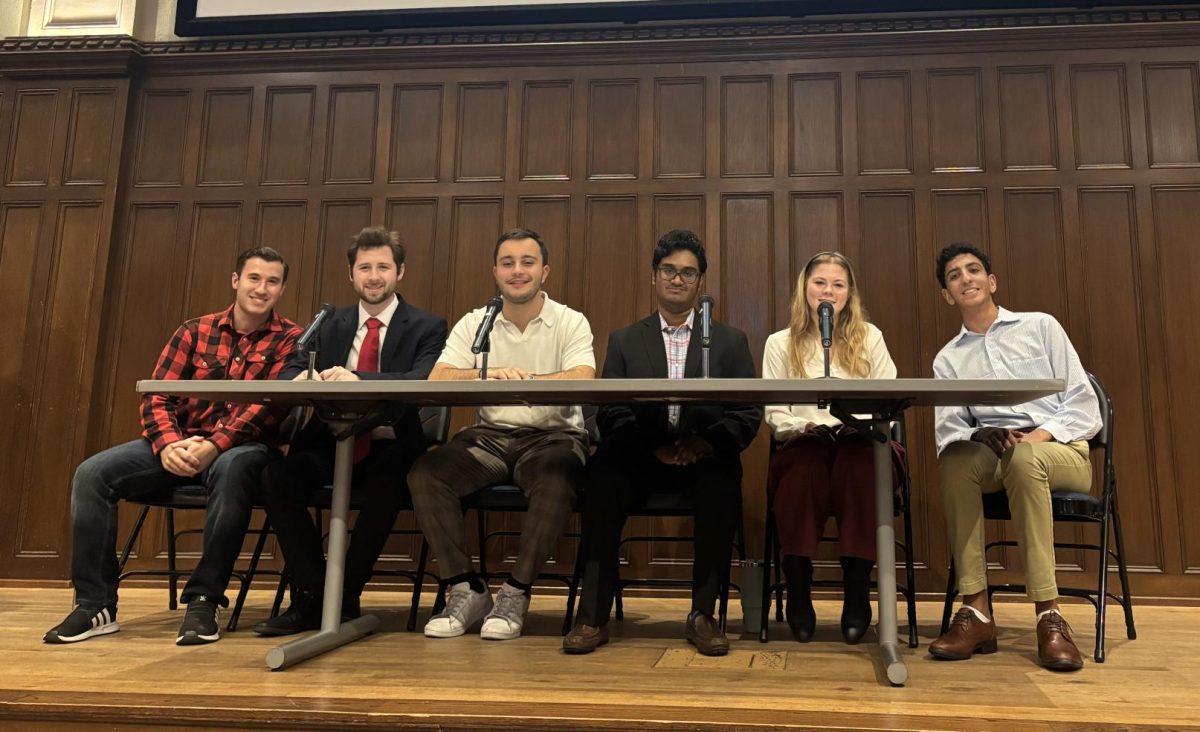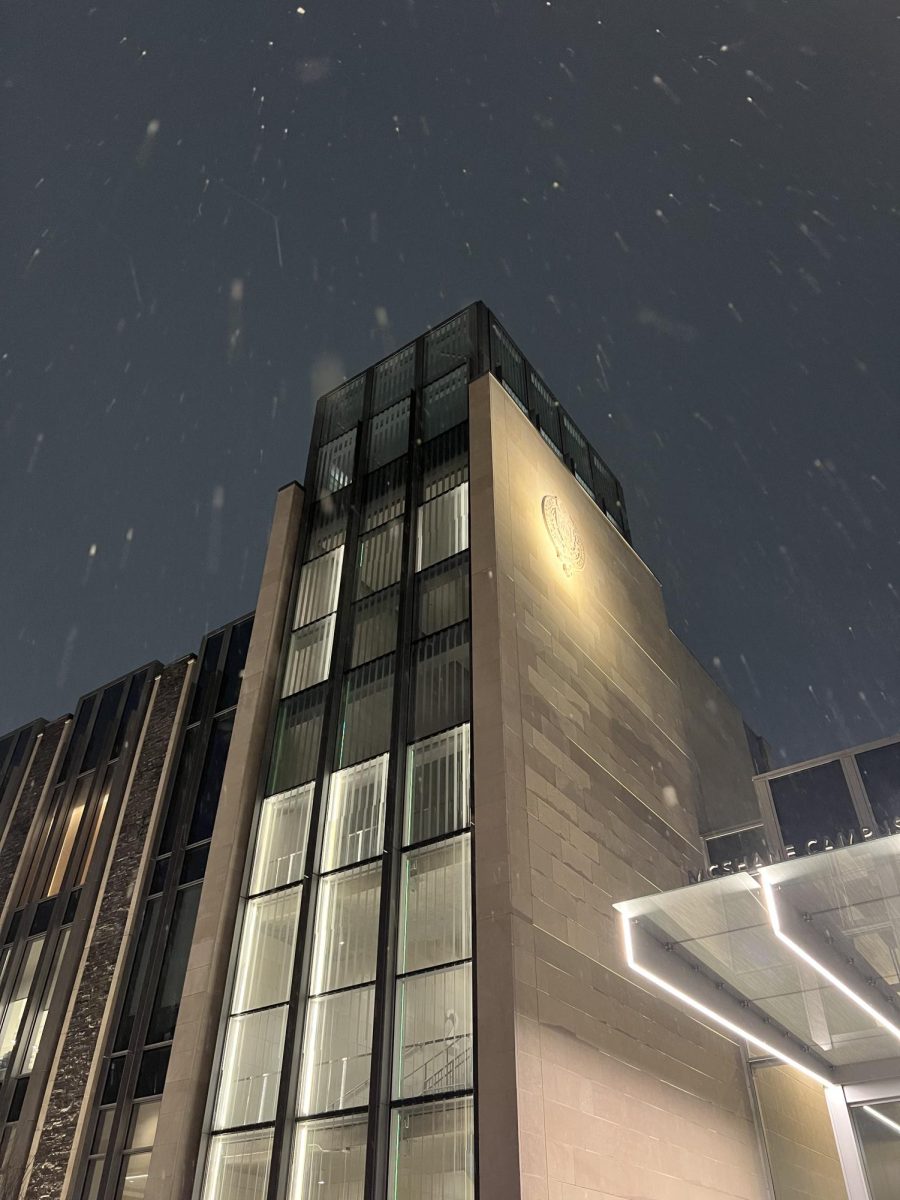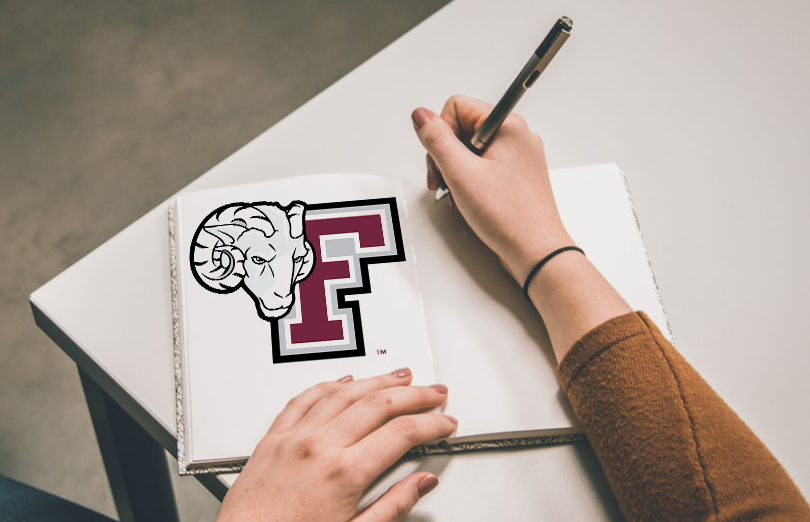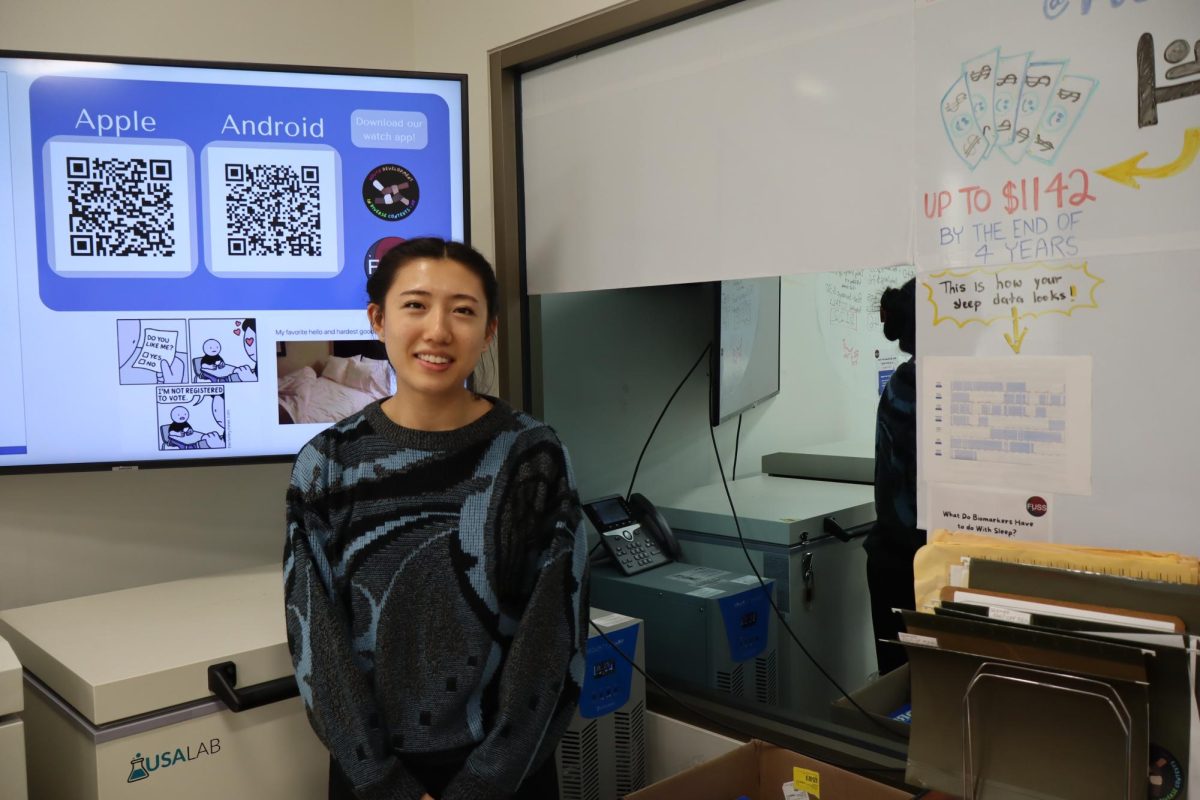This summer, Marie Gregory, FCRH ’25, spent time with mosquitoes at Fordham University’s Louis Calder Center in Armonk, New York. She participated in Fordham’s Calder Summer Undergraduate Research (CSUR) program for students interested in conducting 10-week independent research.
Gregory chose to study mosquitoes and the CSUR program and staff guided her in her research. She took an interest in continuing research from her microbiology course taken the semester before.
“I was working in the Vector Lab, which is also a medical entomologist lab for the state,” said Gregory. “So in addition to doing their own research, they also collect ticks and mosquitoes and give that to the state’s health [department], keeping track of what’s going on.” The heads of the lab are Dr. Thomas Daniels and Dr. Richard Falco. Gregory worked with Dr. Marie Katz, who was also her professor for microbiology the semester before. “She taught me all I know about mosquitoes,” said Gregory.
Gregory said her knowledge of mosquitoes was limited when she began her research. The structure of the project was pre-established; she was set to look at various types of leaf litter and how they affect mosquitos. “Because mosquitoes can either be container breeders,” Gregory said, “they breed in natural or artificial containers. And for a natural container, that could be something like a tree hole, like a hole in a tree that fills with water and allows it to breed, because their larvae do require water in an artificial container. You need food for the larvae to eat, and so a lot of times that food is leaf leaves or leaf litter that falls in and decomposes organisms start feeding on it, and then the mosquito larvae will feed on both, like the leaves that are decomposing and also the microorganisms.” Her main focus was on the type of leaf litter and how it affects the diversity, the types of mosquitoes or the abundance.
Gregory noted the difference between leaf litter from native trees that grow in the area versus non-native trees.
“The non-native tree we actually chose was a very common invasive species,” she said. “We chose the Tree of Heaven. You can usually tell what it is, because when you break off a leaf, it has a very distinctive smell, sort of like weird peanut butter. The spotted lantern flies another native species, that’s its absolute favorite food.” In comparing these, Gregory set up different buckets in the woods. One had no leaves and was the control group. Another with native leaves, and then one with non-native leaves.
“We collected them every two weeks to see how many mosquito larvae there were,” she said. “And then we had to identify all of them. We did some analysis, and we got some pretty interesting results.”
Gregory found that mosquitoes loved the Tree of Heaven. “The native buckets had around 900 mosquito larvae over the course of these weeks,” she said, “while the non-native one had almost 2,500. It was a pretty stark, drastic difference.”
Gregory focused on the types of larvae that were native to Asia. “The two basic hypotheses were just that one mosquito species composition will differ between artificial containers and tree holes,” she said. “So basically it’s going to be different types of mosquitoes in the containers, artificial containers, versus the natural ones the tree holes. Our second one was that non-native mosquitoes would prefer artificial containers with non-native leaf litter. It’s the Asian tiger mosquito and then Aedes mosquito. They’re related […] and they’re from a region similar to the Tree of Heaven. We thought maybe since they had evolved and clearly are familiar with each other, they would be more adapted and more intended to like the non-native leaf litter more.”





































































































































































































